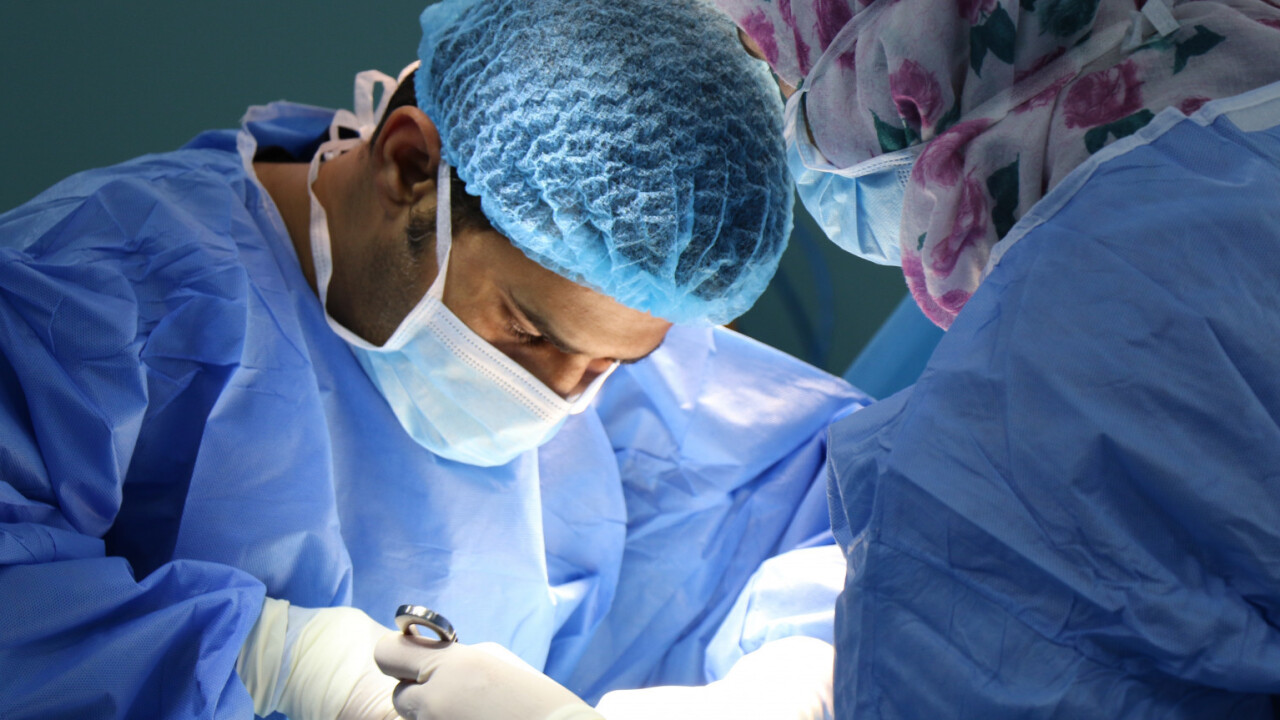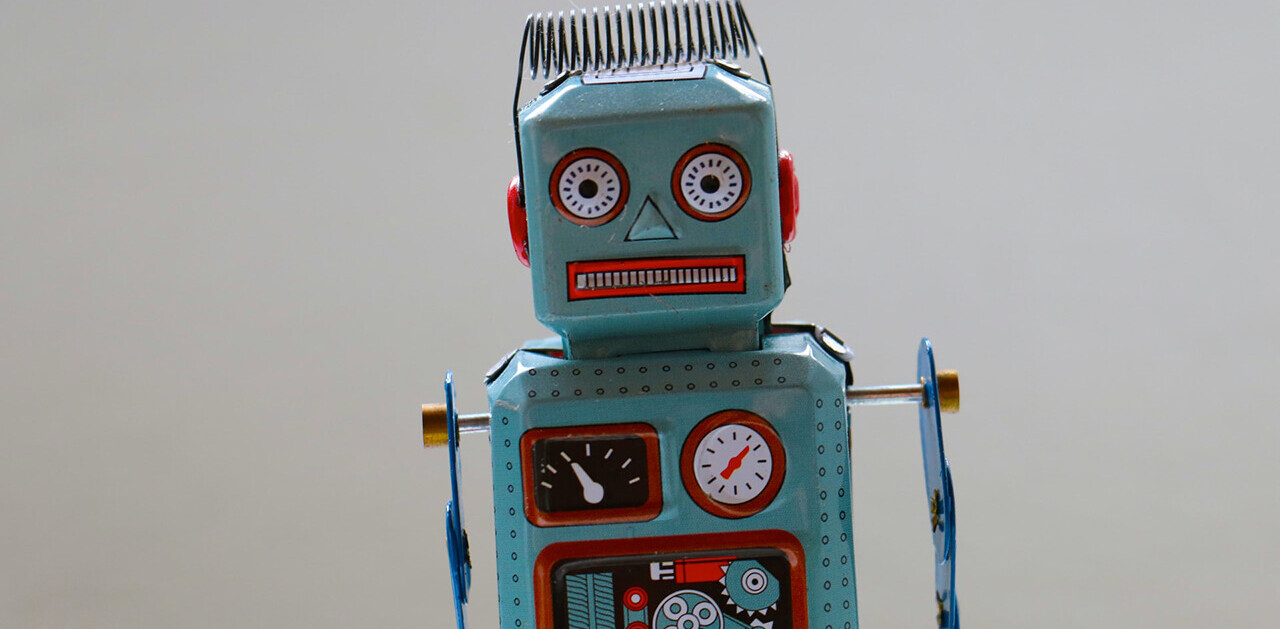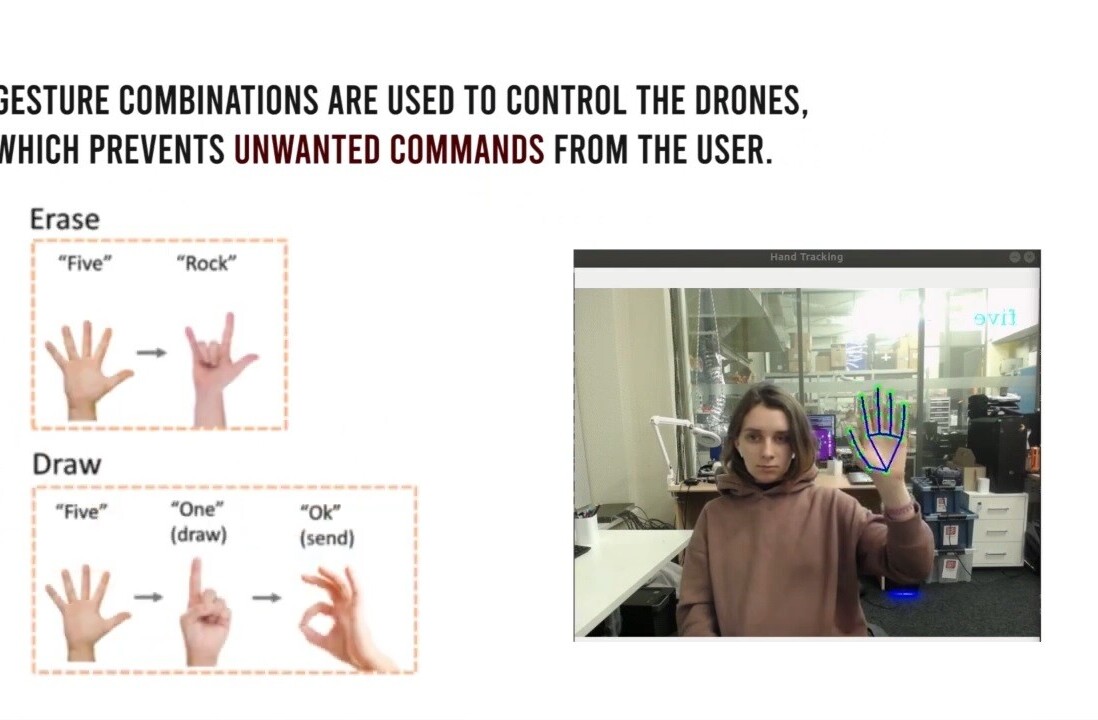
Researchers at Tel Aviv University today unveiled a world’s first – a 3D print of a heart constructed from harvested human tissue and vessels. This technology, although in its formative stages, could potentially one day provide relief for patients whose lives are determined by the fickle whims of organ transplant lists.
The organ produced in Tel Aviv isn’t viable for donation. According to the AFP, it’s roughly the size of a rabbit’s heart. It’s tiny, looking more like an overcooked kidney bean than anything else. And yet, it represents an important breakthrough for medical science.
VIDEO: Scientists in Israel unveil a 3D print of a rabbit-sized heart with human tissue and vessels, calling it a "first" and a "major medical breakthrough" that advances possibilities for transplants pic.twitter.com/Tu3N5DpypE
— AFP news agency (@AFP) April 15, 2019
Although researchers have previously managed to reproduce the structure of a heart using 3D printing, it lacked the overall complexity of the organ, with blood vessels, ventricles, and chambers. And certainly not with human tissue.
The human tissue bit is important. With engineered materials (or, indeed, tissue from another human being), there’s always a risk that an overzealous immune system can reject the transplant, causing the organ to fail. But by using the patient’s own tissue, that risk is eliminated.
Of course, getting enough tissue to create a human-sized heart is tricky. The average adult heart weighs about 310 grams (roughly 11 ounces) and is the size of a clenched fist. Researchers, therefore, need to figure out how to get cells to expand the cells in order to create enough material.
Another problem is scale. The heart is a complicated organ. It’s connected to the body through a network of blood vessels. Some of these are so small and delicate, current 3D printers struggle to print them. This is largely a technological problem, rather than a biological one, but nonetheless, researchers will need to figure out how to address it – or, at the very least, circumvent it.
Of course, there’s a long way to go before these 3D printed hearts are used in medical procedures. For starters, researchers need to figure out how to teach the organs to “behave” like hearts. Although they can contract, they’re yet unable to pump.
The researchers hope to transplant a 3D printed heart in animal specimens within a year. Speaking to the AFP, one researcher, Tal Dvir, expressed a hope that 3D printed hearts will routinely be used within the world’s best hospitals within ten years. This sounds like a long time, but it’s worth remembering that medical science often works at a plodding – often infuriatingly so – pace, and new technologies often take many years before they’re approved for use by regulators.
TNW Conference 2019 is coming! Check out our glorious new location, inspiring lineup of speakers and activities, and how to be a part of this annual tech bonanza by clicking here.
Get the TNW newsletter
Get the most important tech news in your inbox each week.




